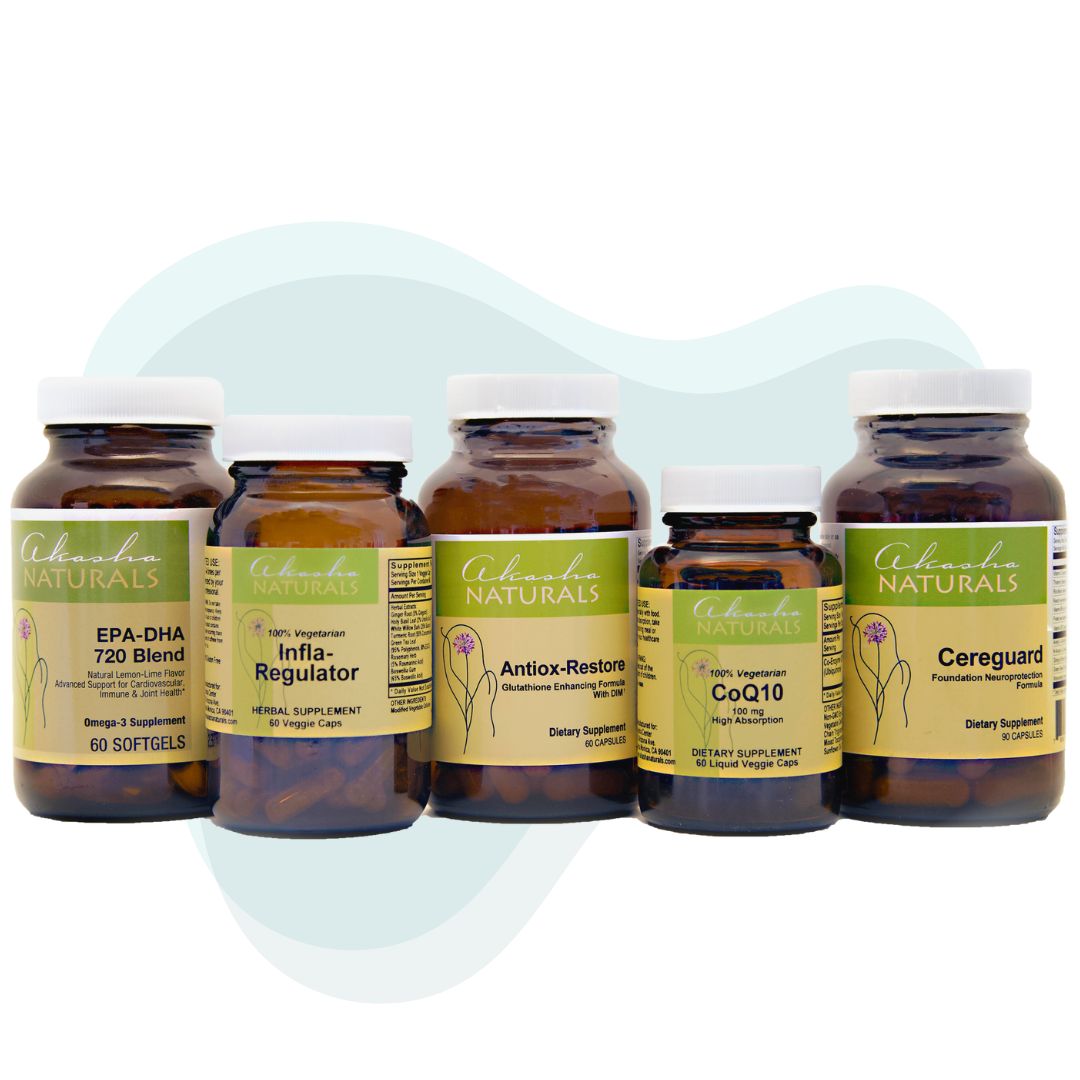Our very own Dr. Maggie Ney, the co-director of our Women’s Clinic, was featured once again on Goop to discuss women’s health issues. Today, she explains why you should stop and ask ‘What is in a Tampon?’
Dr. Maggie Ney is a licensed, board-certified naturopathic doctor and co-director of the Women’s Clinic at Akasha. She specializes in female hormone balancing and healthy aging.
A Q&A with Maggie Ney, N.D.
Q: Many crops in the United States are treated with glyphosate, one of the primary ingredients in Round-Up. Is this true of cotton as well? If so, what happens when we then put glyphosate-treated cotton into our bodies?
A: Yes, because over 90% of the cotton produced in the United States has been genetically modified to be resistant to Round-up (i.e., glyphosate), which is a very powerful herbicide used to kill weeds that compete with cotton for growth. This means that instead of spraying herbicides at the beginning of the growing cycle, crops can be sprayed repeatedly without harm. So, most cotton tampons—at least 85%, certainly any cotton that is not organic—contain glyphosate, which is problematic because it is a known cancer-causing agent. In fact, the World Health Organization recently ruled it as “probably carcinogenic.” The vagina is a highly permeable space: Anything we put inside can easily be absorbed through the mucus membrane and then into our bloodstream where it presents a toxic burden to the body. Chronic exposure increases our risk of cancer, causes oxidative stress and metabolic changes, and disrupts our endocrine system. This can contribute to adverse developmental, reproductive, neurological, and immunological effects. Conditions such as infertility, endometriosis, and thyroid disorders are all on the rise, for example, and are affected by exposures to chemicals and toxins in our environment.
Q: Are our reproductive organs equally adept at eliminating toxins?
A: It would be great if there were a stop sign in our body for toxins not to penetrate. Our bodies are incredible and we have very sophisticated detoxification pathways in our liver to process and eliminate environmental toxins and chemicals. And it’s not just our liver that is constantly cleansing and detoxing; our kidneys, skin, lungs, and lymphatic system are all involved in cleansing and eliminating toxic by-products from the body. That being said, we are exposed to so many toxins every day that our overall level of toxic burden is just way too high. Our bodies cannot effectively metabolize and eliminate all the toxins we are exposed to in the environment.
Q: What about bleach in cotton—does that pose a risk?
A: Tampon manufacturers and the FDA say that tampons are safe, and that the level of dioxins—a very dangerous chemical, and a by-product of bleaching—are so low that they pose no health risk. At one time, chlorine gas was used to purify the wood pulp which is used to make rayon. Tampons are made of rayon, in addition to cotton. This process did contribute to dioxins in tampons. Now wood pulp is purified using an elemental chlorine-free bleaching process that uses chlorine dioxide as the bleaching agent. This process can cause dioxins to be detected in trace amounts in tampons but the level is so low that it’s sometimes not even detectable. It is considered safe by FDA standards.
All that said, I do feel that tampon companies underestimate the effects of dioxin. And this is primarily because we’re not talking about a single tampon exposure. We are talking about thousands of tampons. Dioxin is one of the most dangerous chemicals on the planet. Even just a small amount can cause damage. So while chlorine bleach is definitely safer than other bleaches, we can’t assume that it is safe given the large amount of tampons women use over their lifetime. So while a single exposure, or even a handful of exposures may not be harmful, repeated exposure is problematic—plus, dioxin can accumulate over time to reach harmful levels.
And unfortunately, we’re not just talking about dioxin and glyphosate: We are exposed to chemicals and pesticides daily. They are in our food, water, clothing, cleaning supplies, cosmetics, water bottles, and even receipts. These chemicals and pesticides build up in the body. I know it can be overwhelming to think about. I hear people say, “What’s the point of making changes when you would need to live in bubble to truly protect yourself?” But I do think it can be empowering to know that there are simple choices we can make to limit our exposure. For example, buying organic tampons or choosing something entirely different to use during our periods can make a big difference.
Q: Are there any other toxins in tampons that we should be concerned about? Is it better to use something different entirely?
A: Generally tampons are made from cotton, rayon, and synthetic fibers. But since tampons are considered a “medical device” by the Food and Drug Administration, manufacturers are not required to issue a full disclosure of what is in their tampons. Conventional tampons have odor neutralizers, dyes, pesticides, and fragrances, which have an undisclosed mixture of chemicals that have been linked to endocrine disrupters, allergies, rashes, respiratory distress, cancer, birth defects, dryness, and infertility. They also contain GMOs, so if we are concerned about ingesting GMO foods, we should be equally concerned about inserting a GMO tampon—because the vaginal wall is so permeable, this allows toxins like pesticides and GMO proteins direct access to our bloodstream.
Again, this information should be empowering, as we know what to do to make better choices for our health. I wouldn’t worry about using a conventional tampon every once in a while when nothing else is available. But, when you have the opportunity, buy organic tampons or pads. The best option here would be an organic, chlorine-free, non-applicator tampon or organic, chlorine free pad.
There are also a number of nontoxic and reusable (i.e., good for the planet) feminine hygiene products. Organic cloth pads are reusable and made from organic cotton, hemp, or bamboo. There are a number of different types of menstrual cups available, too. Menstrual cups are soft, flexible, and made from silicone. They are inserted into the vagina to catch menstrual flow and can be worn for up to 12 hours. Sea sponges are also free of additives and are reusable. It is definitely worth trying some of these methods—see which one works best for you.
See the full Goop article here!
Dr. Maggie Ney is a licensed, board-certified naturopathic doctor and co-director of the Women’s Clinic at Akasha. Call 310-451-8880 or email info@akashacenter.com to make an appointment!







